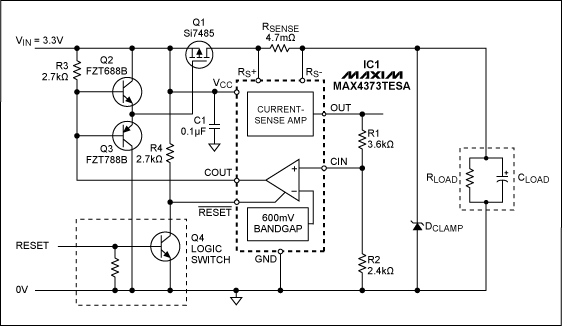MOSFET Overcurrent Detection – Protect Your Circuits Proactively

When working with MOSFETs in power electronics, overcurrent conditions can silently destroy your components if not addressed. Overcurrent often occurs due to short circuits, stalled motors, or unexpected load surges—leading to overheating and eventual failure. Thankfully, simple overcurrent detection methods can protect your circuit.
⚠️ The Problem: MOSFETs Don’t Always Fail Loudly
Unlike fuses that blow visibly, a stressed MOSFET may partially degrade, causing intermittent behavior. This is risky in DIY power supplies, motor drivers, or LED dimmers.
✅ The Solution: Use a Sense Resistor + Comparator
To detect overcurrent:
Insert a low-value shunt resistor (e.g., 0.1Ω) in the MOSFET’s source path.
Feed the voltage across it to a comparator or op-amp.
If the sensed voltage exceeds your threshold (indicating high current), use the output to cut off the gate drive or trigger a fault.
🔧 Practical Example
Let’s say your load should not exceed 2A. Using Ohm’s Law (V = IR), and R = 0.1Ω:
V = 2A × 0.1Ω = 0.2V
Set your comparator to trigger at 0.2V and disable the gate to prevent damage.
🛒 Product Suggestion: Safe Power Starts with Indian Parts
Get MOSFETs and resistor kits made for Indian conditions:
Shop now at SmartXProKits.in — Support our work and India’s innovation—buy from our Make in India site!



















